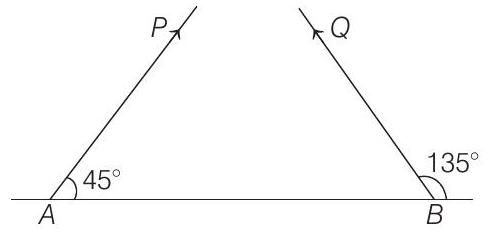Kinematics 5 Question 20
19. Particles

Both particles travel in the same vertical plane and undergo a collision. After the collision,
Show Answer
Answer:
Correct Answer: 19. Just midway between
Solution:
- (a) Range of both the particles is
By symmetry we can say that they will collide at highest point.

Just before collision Just after collision
Let
i.e. particle
(b) Maximum height,
Therefore, time taken by






